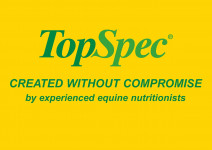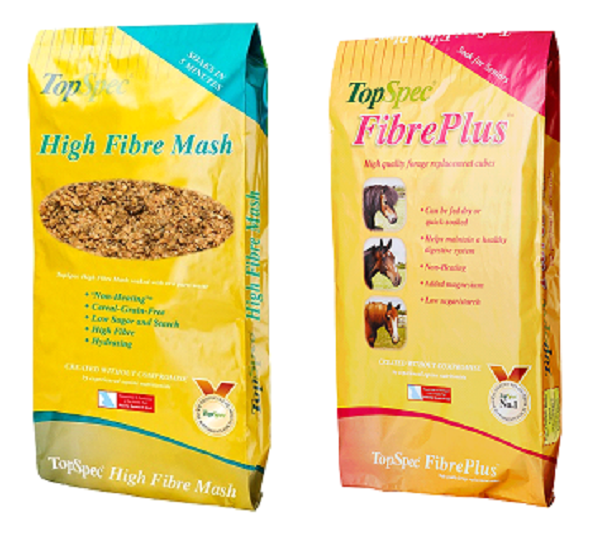Posted: 1st November 2019 | Back to news feed

Winter is already upon us but the good news is that stocks of conserved forage are much healthier than last year, which should help us to cope with whatever the weather throws at us!
Now that grazing quality and availability has dropped considerably, many horses will be relying on conserved forage (e.g. hay or haylage). Providing your horse doesn’t need to lose weight, suitable forage should be offered ad-lib. This will maintain a continual supply of fibre, which will help to keep his hindgut working efficiently.
Keeping your horse warm
Fibre is fermented by the microflora in the hindgut and this process produces heat. So before reaching for extra hard feed in the cold weather, always ensure your horse has access to ample forage.
Dental problems (e.g. elderly horses)
Winter is a time that can highlight dental issues, as hay or haylage is more difficult to chew than grass. If your horse has poor teeth, he may struggle to chew long fibre effectively and the microflora in his hindgut will be deprived of access to essential fibre. This can lead to digestive disturbances, with weight loss and loose droppings seen as a result.
A soft, short-chopped grass can be used as a hay replacer for a period of time. However, offering fibre in a pre-ground form, e.g. with nutritious but high-fibre cubes or a high-fibre mash, rapidly becomes essential.

Is forage enough?
Although forage will form the largest part of your horse’s diet during the winter, it is important to balance this diet and ensure an optimum supply of the essential amino acids, vitamins, trace-elements and minerals that will be lacking in a forage-only diet. A top specification feed balancer is the perfect solution.
If your horse needs to gain weight, a top specification, conditioning feed balancer will be ideal for him. The high quality protein included will promote muscle development and topline when combined with working in a correct outline. The amount of nutrients that he can utilise from hay/haylage will be increased when using one of these balancers, reducing or eliminating the requirement for additional hard feed.
When further condition is needed, appropriate blends and/or straights can be added. If your horse is highly strung, or needs a low sugar/starch diet for other reasons, top specification conditioning cubes that are cereal-grain-free can be added to an appropriate feed balancer.
What if your horse is a good-doer?
For good-doers, winter can be a very useful time to drop some condition before spring. Poor-nutritional-quality hay should be fed, e.g. late-cut meadow hay, and soaked if necessary. A non-conditioning, top specification feed balancer can be used to balance the diet. This will supply optimum levels of micronutrients without promoting weight gain when fed as part of a calorie controlled diet.
If you are in any doubt it is best to speak to an experienced nutritionist to tailor this advice to your own horse’s requirements.
Article supplied by nutritionists from the TopSpec Multiple Award-Winning-Helpline. They can be contacted, free of charge, on 01845-565030.
The Equestrian Index newsfeed is compiled from articles submitted by advertising members and expresses the opinions of those members. Watsons Directories Ltd shall not be held liable for any inaccuracies or mis-statements therein.